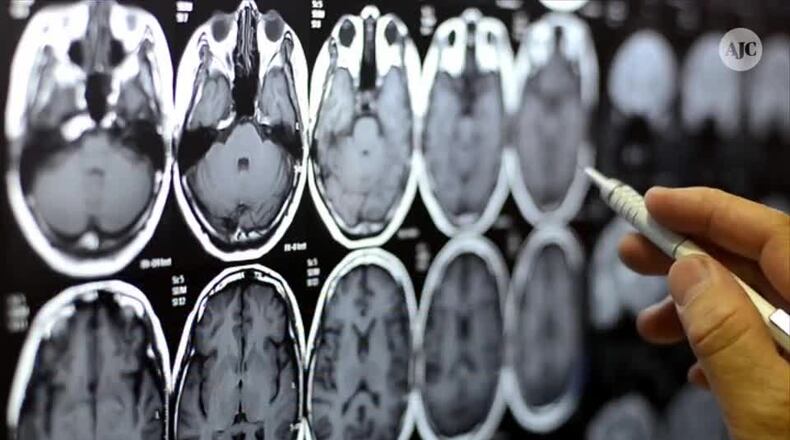Black children are internalizing racism, which can lead to higher rates of anxiety and depression. These findings are a part of a University of Georgia study, released Wednesday, using one of the largest data sets worldwide, one of the researchers said.
The analysis, part of a larger national study with the Adolescent Brain and Cognitive Development Study, includes over 1,500 Black children. The average age of study participants was 10.
Assaf Oshri, the lead author of the study and an associate professor in UGA’s College of Family and Consumer Sciences, said they found that kids have two types reactions to racial discrimination experiences, internal and external.
The study is important for several reasons, Oshri said in an interview.
“So it’s not good for anyone. Not good, to the person, to the family, to the community, but it’s also not good for the whole country, because you want to have your youth happy and productive,” Oshri said.
The study followed the children for three years, analyzing survey responses and brain images to assess how the amygdala, the part of the brain that detects threats and regulates emotions, reacts under conditions simulating the experience of racial discrimination.
It showed that during these experiences, the amygdala deactivates and essentially shuts down, Oshri said. The deactivation could be a sign of emotional avoidance. The effects were associated with less aggression, but more anxiety and depression.
“So one interpretation of it is that, well, when you’re trying to behave well, and not be a rule breaker, you know, go with societal norms, you pay an emotional price of coping with that,” Oshri said in an interview.
Additionally, those who showed high activity levels in their amygdala, also had increased levels of outward problem behaviors such as anger or acting out.
Even though the impacts may not be physically visible, it could have long term effects, Oshri said.
“You may not see it in class if you work with children that are 12, because they’re not acting out they’re not disturbing the class, but they’re paying an emotional toll,” he said. Later in life, it will eventually affect how they interact with others at work and how productive they are in society.
These effects also come at a vital age for children, whose brains are still learning how to process and regulate emotions.
“If these experiences keep on coming, and happening while the brain is trying to consolidate and be informed, that can have a lasting impact on you, and our ability to regulate emotion,” he said.
About the Author
Keep Reading
The Latest
Featured



